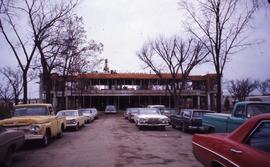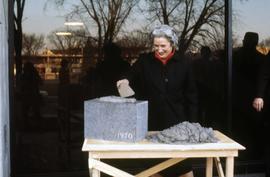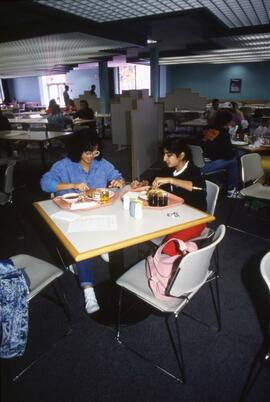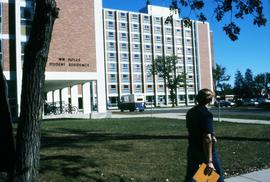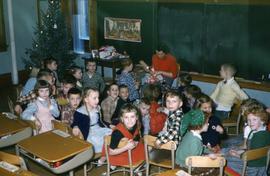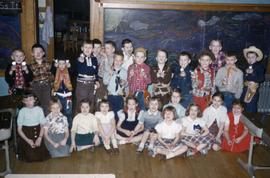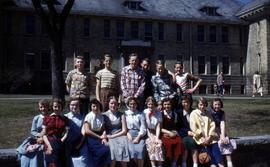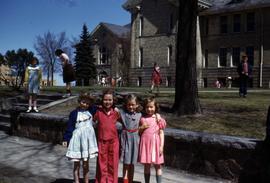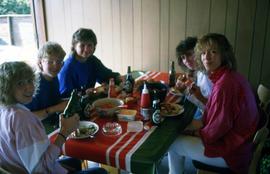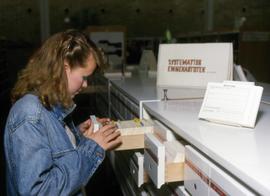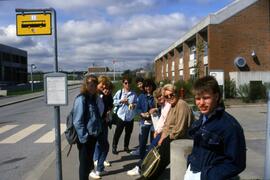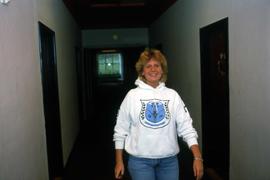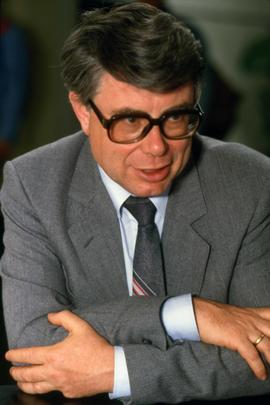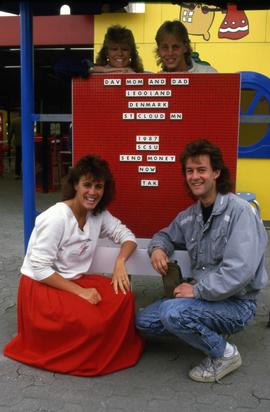id54283
·
Stuk
Part of Max Partch Papers
10165 results with digital objects
Show results with digital objects
id54288
·
Stuk
·
July 3, 2000
Part of Max Partch Papers
Arizona?
id54294
·
Stuk
·
October 25, 2000
Part of Max Partch Papers
Arizona?
id54296
·
Stuk
·
June 28, 2000
Part of Max Partch Papers
Arizona?
id54299
·
Stuk
Part of Max Partch Papers
id54301
·
Stuk
·
March 24, 1964
Part of Max Partch Papers
Arizona?
id54304
·
Stuk
·
March 30, 1997
Part of Max Partch Papers
id54305
·
Stuk
·
March 21, 1985
Part of Max Partch Papers
Arizona?
id54306
·
Stuk
·
March 17, 1982
Part of Max Partch Papers
Arizona?
id54310
·
Stuk
·
March 21, 1985
Part of Max Partch Papers
id54320
·
Stuk
·
April 6, 1994
Part of Max Partch Papers
Arizona?
id54322
·
Stuk
·
April 21, 1991
Part of Max Partch Papers
Arizona?
id54324
·
Stuk
·
April 10, 1982
Part of Max Partch Papers
id54325
·
Stuk
·
April 28, 1993
Part of Max Partch Papers
Arizona?
id54328
·
Stuk
·
May 29, 1994
Part of Max Partch Papers
id54342
·
Stuk
·
May 18, 1991
Part of Max Partch Papers
Arizona?
id54347
·
Stuk
·
June 23, 1999
Part of Max Partch Papers
id54352
·
Stuk
·
July 18, 1993
Part of Max Partch Papers
10539
·
Stuk
·
1970-1979
Part of Slide Collection
- 10539.jpg
- Dimensions: 2.1 x 3.1 cm
- Physical Format: Slides (photographic)
- Local Identifier: Slide Collection. Buildings and Spaces. Specific Campus Buildings and Spaces. Beaver Islands
id69165
·
Folder
Part of Slide Collection
793
·
Stuk
·
1969
Part of Slide Collection
- 00793.jpg
- Completed in 1971, Centennial Hall, named in honor of St. Cloud State's establishment in 1869, served as the campus library until 2000.
- Dimensions: 2 x 3.2 cm
- Physical Format: Slides (photographic)
- Local Identifier: Slide Collection. Buildings and Spaces. Specific Campus Buildings and Spaces. Centennial Hall. Construction
id69172
·
Folder
Part of Slide Collection
Images of spaces as well as students using the space as a library
17432
·
Stuk
·
1985 - 1989
Part of Slide Collection
- 17432.jpg
- Dimensions: 2.2 x 3.4 cm
- Physical Format: Slide (photographs)
- Local Identifier: Slide Collection. Buildings and Spaces. Specific Campus Buildings and Spaces. Centennial Hall. Interior 1
17439
·
Stuk
·
1985 - 1989
Part of Slide Collection
- 17439.jpg
- Dimensions: 2.1 x 3.3 cm
- Physical Format: Slide (photographs)
- Local Identifier: Slide Collection. Buildings and Spaces. Specific Campus Buildings and Spaces. Centennial Hall. Interior 1
17442
·
Stuk
·
1985 - 1989
Part of Slide Collection
- 17442.jpg
- Dimensions: 2.2 x 3.3 cm
- Physical Format: Slide (photographs)
- Local Identifier: Slide Collection. Buildings and Spaces. Specific Campus Buildings and Spaces. Centennial Hall. Interior 2
17447
·
Stuk
·
1985 - 1989
Part of Slide Collection
- 17447.jpg
- Dimensions: 2.2 x 3.4 cm
- Physical Format: Slide (photographs)
- Local Identifier: Slide Collection. Buildings and Spaces. Specific Campus Buildings and Spaces. Centennial Hall. Interior 2
13359
·
Stuk
·
April 1972
Part of Slide Collection
- 13359.jpg
- Opened in 1971, the Education building houses the College of Education.
- Dimensions: 2.2 x 3.4 cm
- Physical Format: Slides (photographic)
- Local Identifier: Slide Collection. Buildings and Spaces. Specific Campus Buildings and Spaces. Education. Cornerstone Laying
17396
·
Stuk
·
1985 - 1989
Part of Slide Collection
- 17396.jpg
- Dimensions: 3.3 x 2.2 cm
- Physical Format: Slide (photographs)
- Local Identifier: Slide Collection. Buildings and Spaces. Specific Campus Buildings and Spaces. Garvey Commons. Interior
id69184
·
Folder
Part of Slide Collection
16275
·
Stuk
·
1985-1989
Part of Slide Collection
- 16275.jpg
- Dimensions: 2.2 x 3.3 cm
- Physical Format: Slide (photographs)
- Local Identifier: Slide Collection. Buildings and Spaces. Specific Campus Buildings and Spaces. Headley Hall. Exterior
16278
·
Stuk
·
August 1962
Part of Slide Collection
- 16278.jpg
- Dimensions: 2.1 x 3.2 cm
- Physical Format: Slide (photographs)
- Local Identifier: Slide Collection. Buildings and Spaces. Specific Campus Buildings and Spaces. Headley Hall. Exterior
8306
·
Stuk
·
2000?
Part of Slide Collection
- 08306.jpg
- Dimensions: 3.3 x 2.2 cm
- Physical Format: Slides (photographic)
- Local Identifier: Slide Collection. Buildings and Spaces. Specific Campus Buildings and Spaces. Miller Center. Exterior
id69195
·
Folder
·
1988-1989
Part of Slide Collection
9035
·
Stuk
·
1970
Part of Slide Collection
- 09035.jpg
- Dimensions: 2.2 x 3.2 cm
- Physical Format: Slides (photographic)
- Local Identifier: Slide Collection. Buildings and Spaces. Stearns and Holes Halls
1454
·
Stuk
·
1955?
Part of Slide Collection
- 01454.jpg
- Riverview opened as the campus model school in 1913 where students could watch experienced teachers teach and to student teach. In 1958, the model school moved from Riverview to the new Gray Campus Laboratory School.
- Dimensions: 2 x 3.1 cm
- Physical Format: Slides (photographic)
- Local Identifier: Slide Collection. Campus Units and Organizations. Campus Laboratory School
1455
·
Stuk
·
1955?
Part of Slide Collection
- 01455.jpg
- Riverview opened as the campus model school in 1913 where students could watch experienced teachers teach and to student teach. In 1958, the model school moved from Riverview to the new Gray Campus Laboratory School.
- Dimensions: 2 x 3.1 cm
- Physical Format: Slides (photographic)
- Local Identifier: Slide Collection. Campus Units and Organizations. Campus Laboratory School
1244
·
Stuk
·
1955?
Part of Slide Collection
- 01244.jpg
- Riverview opened as the campus model school in 1913 where students could watch experienced teachers teach and to student teach. In 1958, the model school moved from Riverview to the new Gray Campus Laboratory School.
- Dimensions: 2 x 3.2 cm
- Physical Format: Slides (photographic)
- Local Identifier: Slide Collection. Campus Units and Organizations. Campus Laboratory School
1245
·
Stuk
·
1955?
Part of Slide Collection
- 01245.jpg
- Riverview opened as the campus model school in 1913 where students could watch experienced teachers teach and to student teach. In 1958, the model school moved from Riverview to the new Gray Campus Laboratory School.
- Dimensions: 2.1 x 3.1 cm
- Physical Format: Slides (photographic)
- Local Identifier: Slide Collection. Campus Units and Organizations. Campus Laboratory School
16567
·
Stuk
·
1987
Part of Slide Collection
- 16567.jpg
- Dimensions: 2.1 x 3.3 cm
- Physical Format: Slide (photographs)
- Local Identifier: Slide Collection. Campus Units and Organizations. International Studies. Denmark 1
16553
·
Stuk
·
1987
Part of Slide Collection
- 16553.jpg
- Dimensions: 2.2 x 3 cm
- Physical Format: Slide (photographs)
- Local Identifier: Slides. Campus Units and Organizations. International Studies. Denmark 1
16541
·
Stuk
·
1987
Part of Slide Collection
- 16541.jpg
- Dimensions: 2.2 x 3.3 cmPhysical Format: Slide (photographs)Local Identifier: Slides. Campus Units and Organizations. Denmark 1
16566
·
Stuk
·
1987
Part of Slide Collection
- 16566.jpg
- Dimensions: 3.3 x 2.1 cm
- Physical Format: Slide (photographs)
- Local Identifier: Slide Collection. Campus Units and Organizations. International Studies. Denmark 1
16580
·
Stuk
·
1987
Part of Slide Collection
- 16580.jpg
- Dimensions: 2.1 x 3.2 cm
- Physical Format: Slide (photographs)
- Local Identifier: Slide Collection. Campus Units and Organizations. International Studies. Denmark 2
16584
·
Stuk
·
1987
Part of Slide Collection
- 16584.jpg
- Dimensions: 2.2 x 3.3 cm
- Physical Format: Slide (photographs)
- Local Identifier: Slide Collection. Campus Units and Organizations. International Studies. Denmark 2
16597
·
Stuk
·
1987
Part of Slide Collection
- 16597.jpg
- Dimensions: 2.2 x 3.3 cm
- Physical Format: Slides (photographic)
- Local Identifier: Slide Collection. Campus Units and Organizations. International Studies. Denmark 2
16603
·
Stuk
·
1987
Part of Slide Collection
- 16603.jpg
- Dimensions: 2.2 x 3.3 cm
- Physical Format: Slides (photographic)
- Local Identifier: Slide Collection. Campus units and Organizations. International Studies. Denmark 2
16606
·
Stuk
·
1987
Part of Slide Collection
- 16606.jpg
- Dimensions: 2.2 x 3.3 cm
- Physical Format: Slides (photographic)
- Local Identifier: Slide Collection. Campus units and Organizations. International Studies. Denmark 2
16604
·
Stuk
·
1987
Part of Slide Collection
- 16604.jpg
- Dimensions: 3.3 x 2.1 cm
- Physical Format: Slides (photographic)
- Local Identifier: Slide Collection. Campus units and Organizations. International Studies. Denmark 2
16587
·
Stuk
·
1987
Part of Slide Collection
- 16587.jpg
- Dimensions: 3.3 x 2.2 cm
- Physical Format: Slide (photographs)
- Local Identifier: Slides. Campus Units and Organizations. International Studies. Denmark 2
16613
·
Stuk
·
1987
Part of Slide Collection
- 16613.jpg
- Dimensions: 3.3 x 2.2 cm
- Physical Format: Slides (photographic)
- Local Identifier: Slide Collection. Campus units and Organizations. International Studies. Denmark 2

